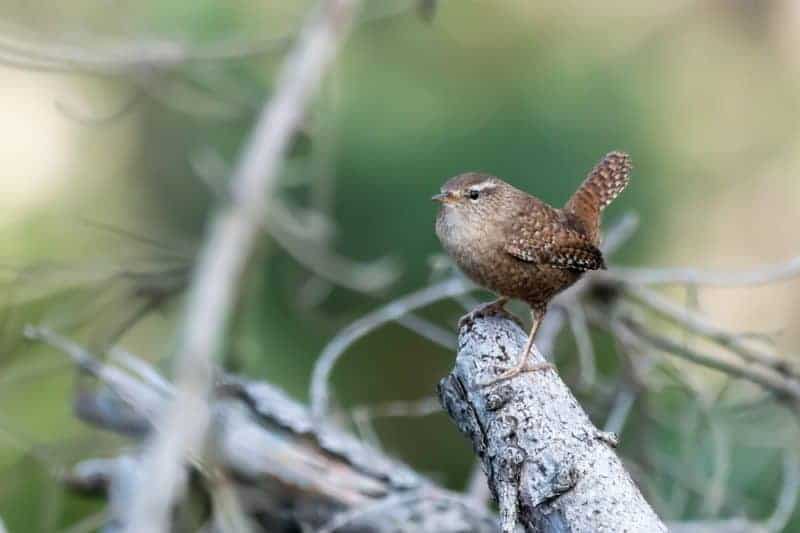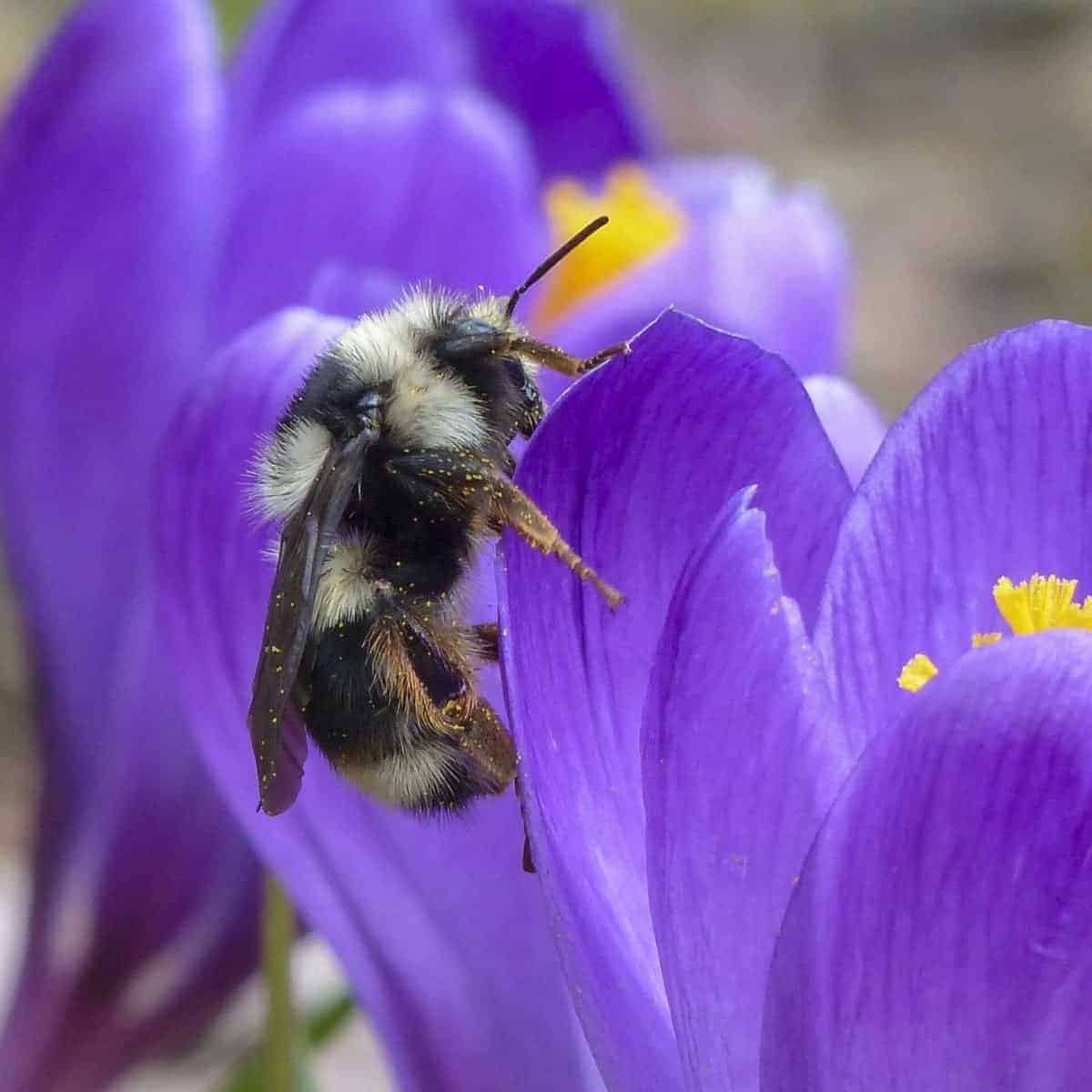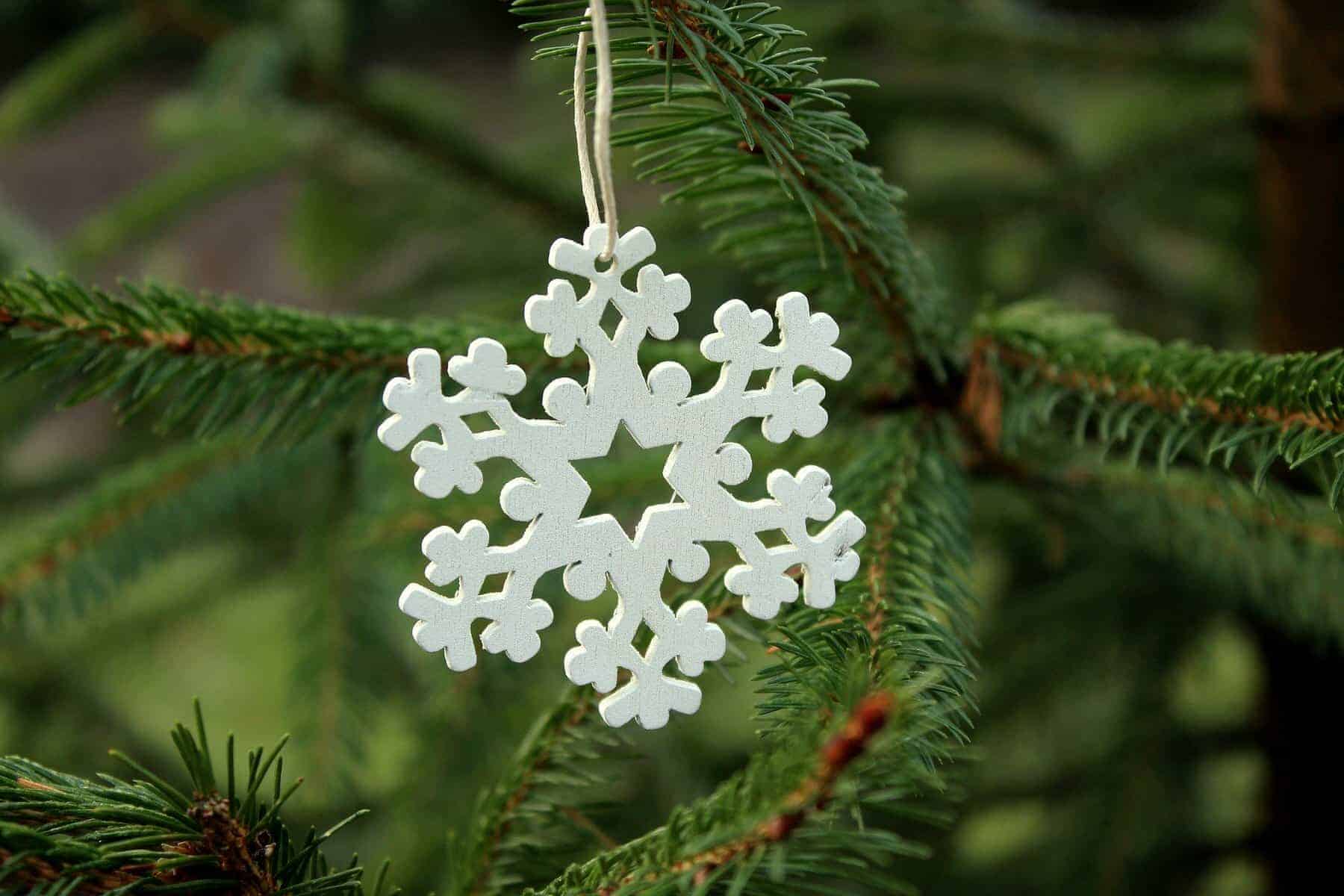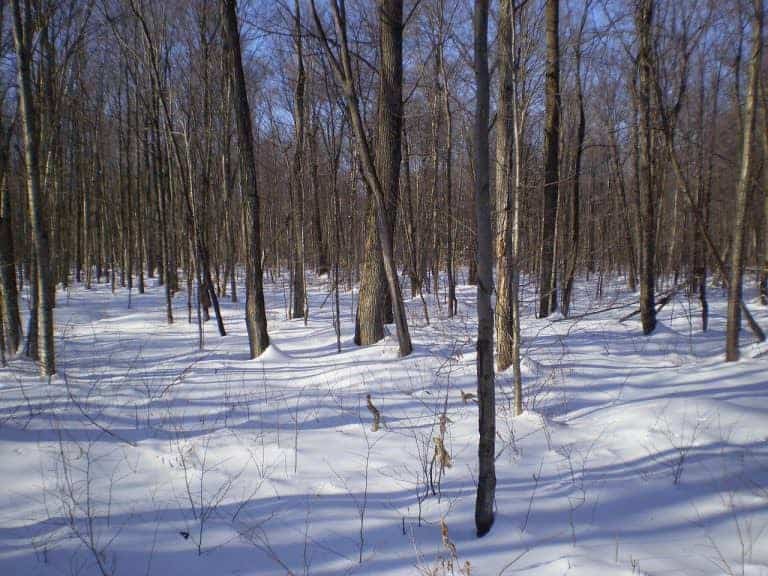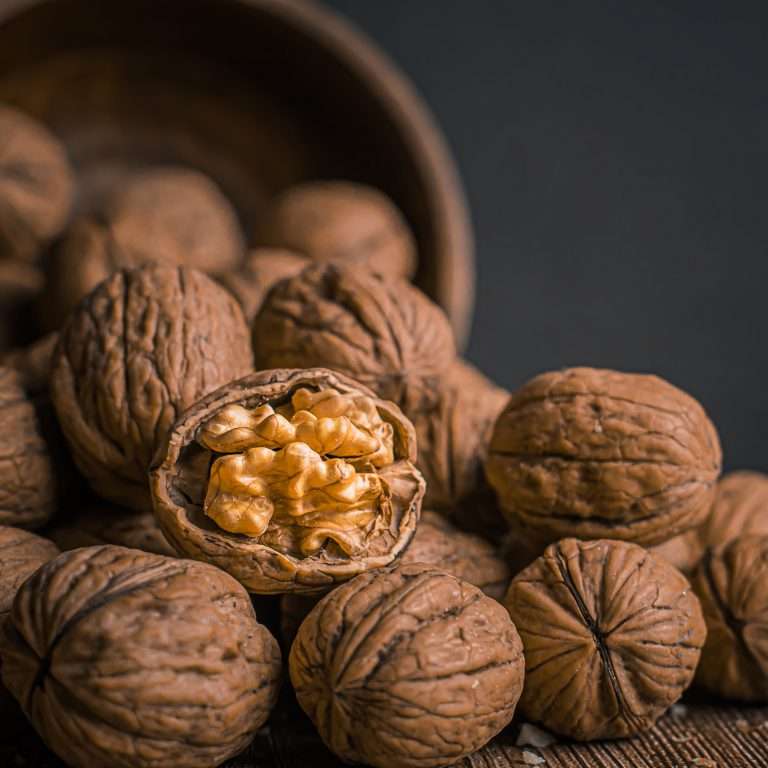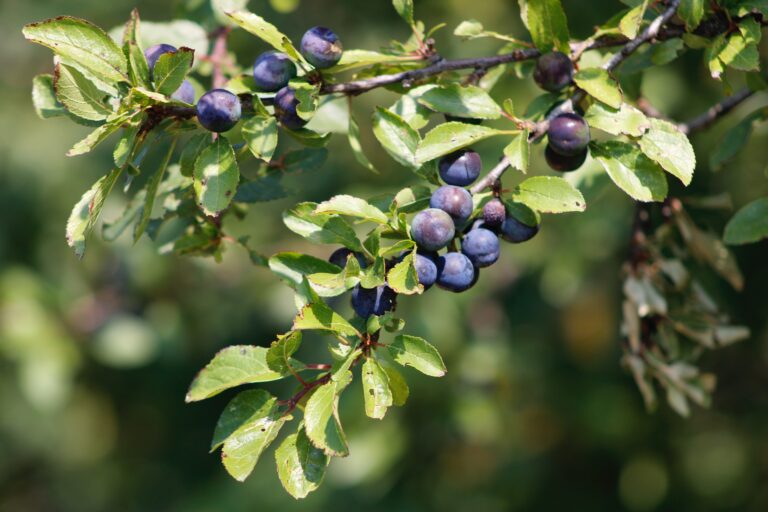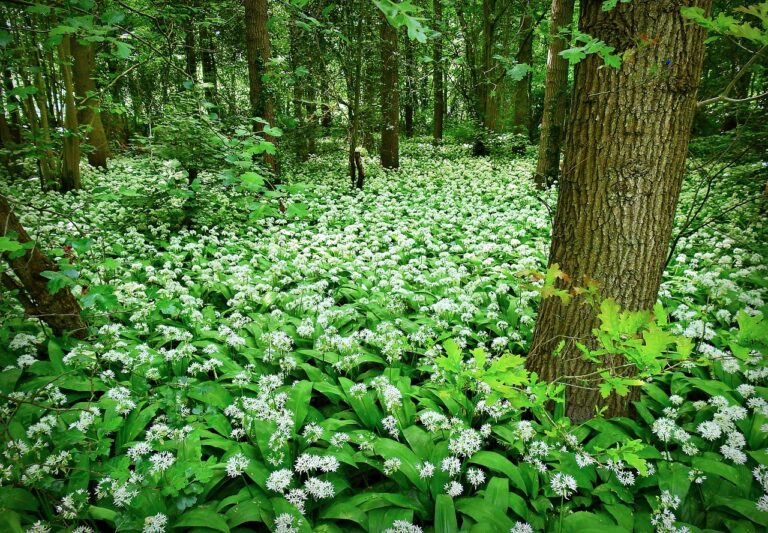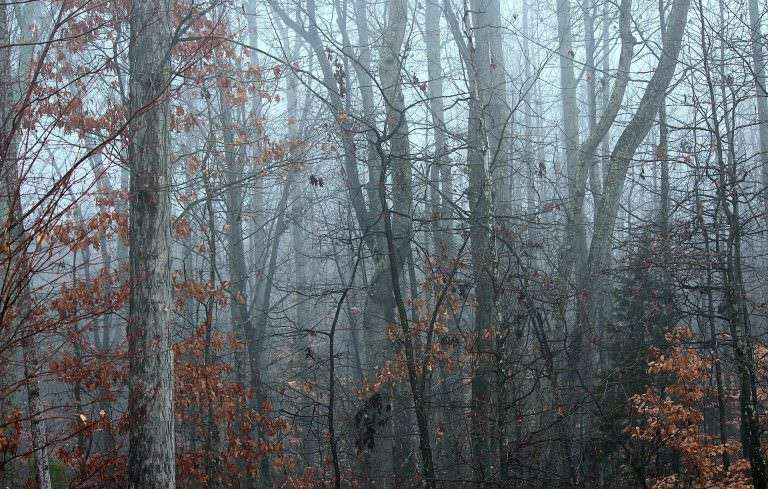5 Signs of Spring
5 Signs of Spring
Winter isn’t all bad. But its sparseness can leave us craving the burst of life and colour that spring brings.
Though spring officially start in March, signs of spring start to emerge from January into February too. So keep your eyes peeled for new life around you as you’re out exploring.
Early spring sees changes in wildlife behaviour as well as vegetation starting to spring in to life. The reappearance of the welcome vibrant greenery and early flowers are welcomed by wildlife and humans alike.
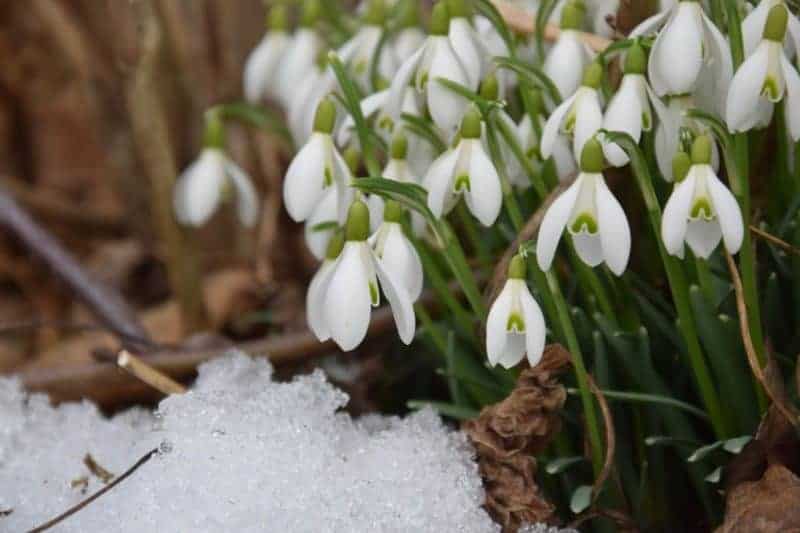 1. Spring Flowers
1. Spring Flowers
As many pollinators start to emerge from their winter state with minimal winter flowering options, the early spring flowers are essential for their survival.
With the Snowdrops leading the way, often breaking through the frosty ground of January, these distinctive white flowers are one of the first signs that winter is on its way out. The vibrant colours of the familiar Crocuses are usually close behind.
Late February in to March sees the appearance of the distinctive yellow Daffodils a common sign that spring is well and truly here. While in the woodland the Dog’s Mercury will develop their delicate flowers, along with violets and the “messenger of the spring” the Lesser Celandine bursting in to full colour.
2. Tree Activity
Trees spring in to action earlier than is visible to the naked eye. In early spring, as the daylight hours start to increase, the roots start to mobilise extra water and nutrient uptake from the soil to the rest of the tree to fuel the next season’s cycle.
Through autumn the leaf buds have remained dormant, but these now start to open to reveal the burst of fresh vibrant leaf cover that develops in to early summer. This process is triggered by the extra daylight hours enabling extra photosynthesis for energy production to sustain further growth.
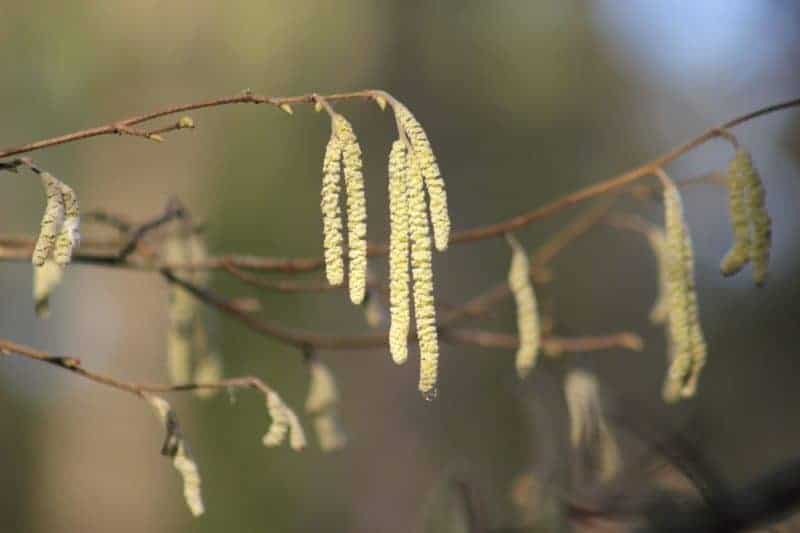 Many trees flower in early spring, ahead of the later flowering blossoms of the fruit trees. Flowers on a tree can vary greatly to look at, from the pine cone, to the catkins and the tiny barely visible female flower on the Hazel tree, but all are classed as flowers, and all enable the next generation of the tree.
Many trees flower in early spring, ahead of the later flowering blossoms of the fruit trees. Flowers on a tree can vary greatly to look at, from the pine cone, to the catkins and the tiny barely visible female flower on the Hazel tree, but all are classed as flowers, and all enable the next generation of the tree.
3. Insects
The first bumblebee sighting of the season is always an exciting one isn’t it? It means that spring has definitely sprung. From February to April the Queen Bees are out looking for new nesting sites. Hibernating bees and butterflies will also start to emerge and take full advantage of what the early flowering trees and spring flowers have to offer.
Some butterflies return to the UK for our warmer spring and summer climate, where as those butterflies who have remained here in hibernation will emerge, having hidden away through the winter in either their adult, egg or caterpillar state. One of the first butterfly species you are likely to spot in spring is the distinctive yellow of the Brimstone.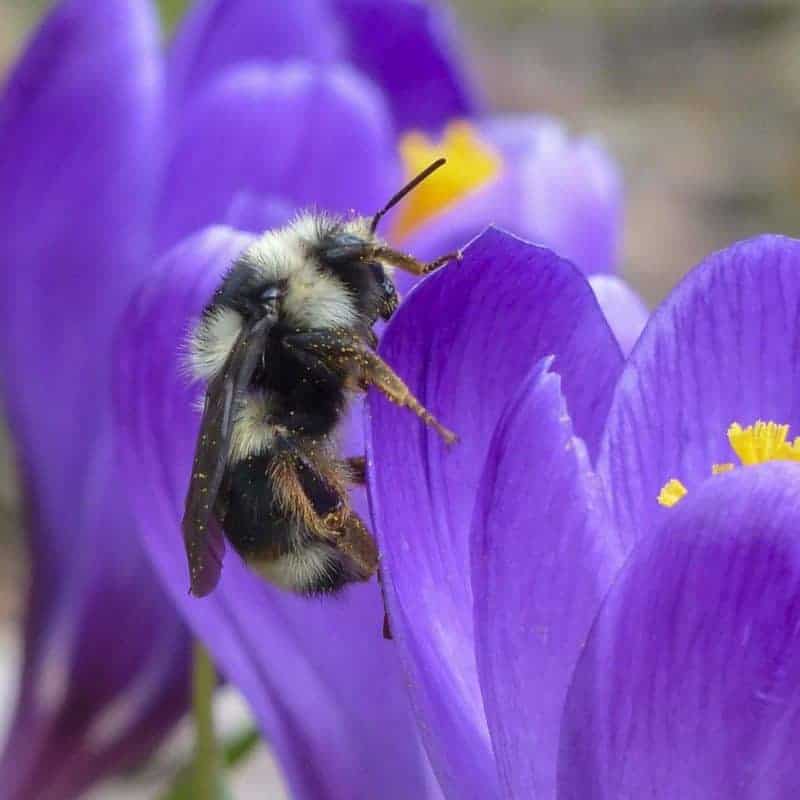
4. Frogspawn
This needs a section all of its own, as frogspawn is not only a distinctive sign of spring but such a great learning opportunity to engage kids in too.
Not only is frogspawn easy to identify but because of the clear gelatinous outer, the inner embryonic state of the tadpole is easy to see and study as they change and develop. A great excuse to re-visit the frogspawn site regularly so kids can see as the tadpoles emerge and watch as they change through their different stages of development before adulthood.
5. Birds
From early February bird song becomes more audible as the hardy native birds start their spring ritual. Their bird song becomes louder and more persistent as they start to claim and protect their new nesting sites for the upcoming breeding season. Birdsong is further enhanced as migrating birds return to the UK for the warmer seasons too.
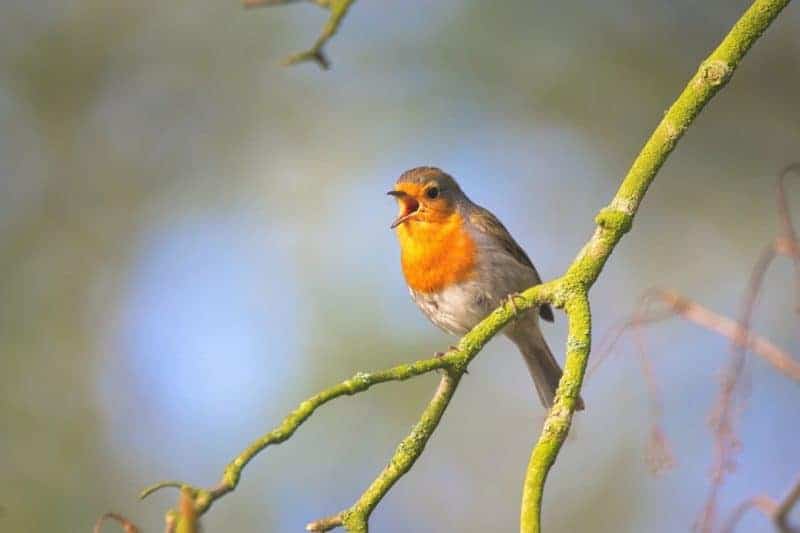 It is also found that the stronger males sing the loudest and therefore attract more potential mates. A bird with a louder singing voice is deemed to be stronger and healthier and more capable of protecting the nest and raising healthy young.
It is also found that the stronger males sing the loudest and therefore attract more potential mates. A bird with a louder singing voice is deemed to be stronger and healthier and more capable of protecting the nest and raising healthy young.
As nest building begins, defending the territory becomes even more important with a lot of posturing, shouting and fighting. This is a more arduous time, especially for species such as the Wren who builds multiple nests for the female to chose from.
The Wren is also polygamous, meaning that he has multiple breeding females within his territory. So the wren may be one of the smaller native birds, but he certainly gives himself a big task each year!
So as you head out for your adventures, whether it’s on expedition or simply on a family walk at the weekend, keep looking around you and admire the changing seasons. At a time when too many people are stuck inside with work, school and commuting, it is important to get outside as often as possible, to reconnect with nature and marvel at the changing seasons.
